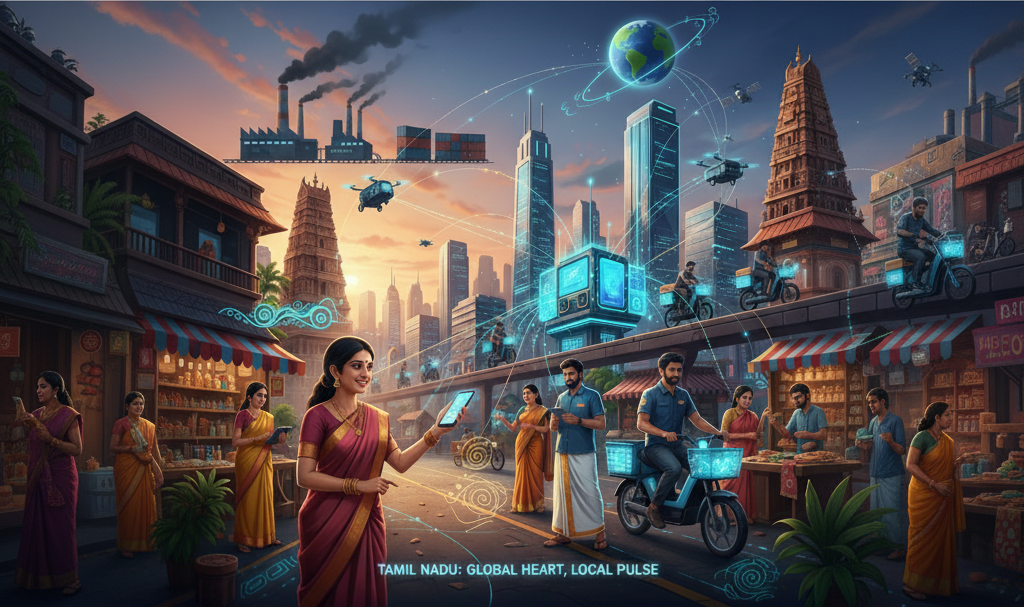
In the last few decades, the business world has largely been defined by B2B (Business-to-Business) and B2C (Business-to-Consumer) models. These structures created intermediaries, distribution channels, and retail layers that powered industries. But as we cross the mid-point of the 2020s, a new regime is taking shape — D2C (Direct-to-Consumer).
This shift is not just a buzzword. It represents a fundamental rewire of how markets operate, brands build, and consumers buy.
Why the D2C Wave Emerged
- Digital Infrastructure Boom: Affordable internet, smartphone penetration, and fintech rails have eliminated dependency on traditional middle layers.
- Consumer Expectation Reset: Today’s buyers want authenticity, transparency, and personalization. They expect to connect directly with the brand.
- Global E-commerce Playbooks: From Shopify to social commerce, businesses of any scale can now launch a storefront that competes with legacy retail giants.
- Trust in First-Party Relationships: Data privacy and customer insights are better handled when businesses own their consumer relationships directly.
Challenges in the D2C Decade (2021–2030)
- High Acquisition Costs: As more brands go D2C, digital ad spend (especially on Meta & Google) is skyrocketing. Cutting through the noise is expensive.
- Logistics & Last-Mile Complexities: Unlike B2B or bulk B2C, D2C requires consistent doorstep delivery and after-sales care.
- Retention over Reach: Getting a customer once is easier than keeping them loyal. Building repeat trust is the hardest game.
- Regulatory and Data Compliance: Consumer protection laws and evolving data-privacy frameworks will test small and mid-sized D2C brands.
Opportunities that Redefine Markets
- Hyperlocal & Niche Brands: From regional foods to wellness products, cultural pride and personalization create sticky customer bases.
- Creator-Led Commerce: Influencers and content-creators turning into brand-founders will blur the line between community and company.
- AI-Driven Personalization: Smarter recommendation engines will help even small D2C ventures replicate “Amazon-like” experiences.
- Global Reach from Local Roots: A D2C brand in Tamil Nadu or Gujarat can reach customers in New York or Tokyo with the right platform strategy.
The Big Picture
As the second half of this decade unfolds, D2C is not just an alternative — it’s the new default regime. The brands that win will be those that:
- Control their consumer data.
- Build genuine communities.
- Blend physical + digital experiences.
- And most importantly, keep customer trust as their core capital.
The 2020s are fast proving that markets no longer belong to the middlemen; they belong to those who can connect directly, serve deeply, and scale responsibly.



